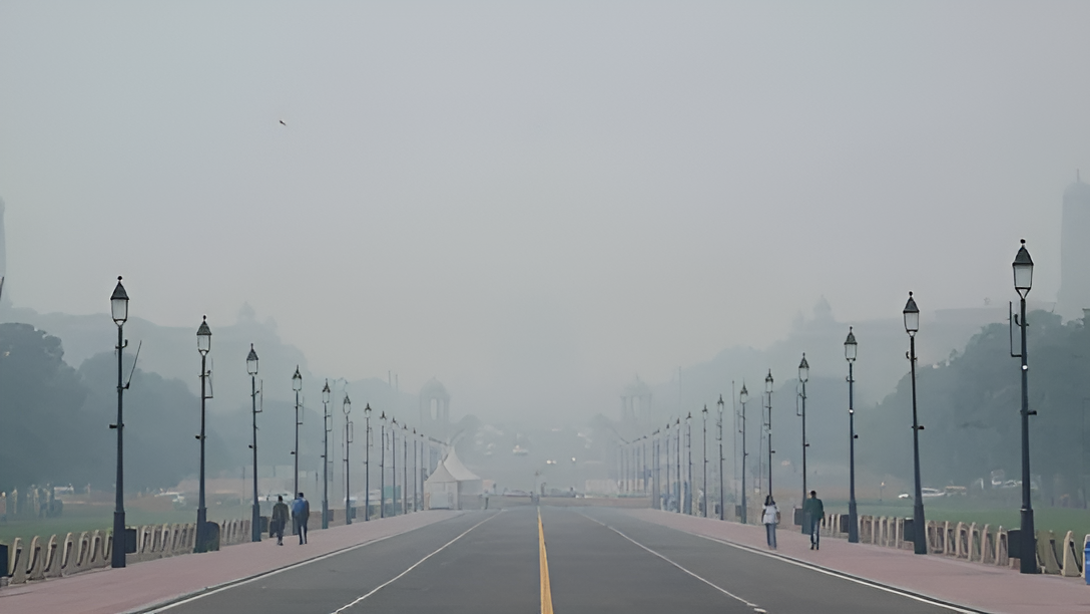Contribution to Air Pollution and Consideration of Artificial Rain Solutions
Disaster Management Disaster Management in IndiaPosted by admin on 2025-01-26 18:11:57 |
Share: Facebook | Twitter | Whatsapp | Linkedin Visits: 26

The practice of crop residue burning in Punjab has been identified as a significant contributor to the severe air pollution affecting regions like Delhi. During the post-harvest season, farmers burn large quantities of crop residues to quickly clear fields for the next planting season. This practice releases massive amounts of smoke and particulate matter into the atmosphere, significantly deteriorating air quality across northern India. The resultant smog not only hampers visibility but also leads to a range of health issues, including respiratory diseases, which have reached alarming levels in urban areas.
In response to the growing pollution, innovative proposals such as artificial rain through cloud seeding have been considered. Cloud seeding involves introducing substances into the atmosphere to promote rainfall, which can help clear the air by washing out pollutants and reducing the intensity of the smog. However, while artificial rain presents a potential short-term solution, it underscores the complex relationship between regional agricultural practices and urban air quality.
The connection between Punjab's crop residue burning and the air pollution in cities like Delhi highlights the need for a coordinated approach to address the issue. Effective solutions cannot rely solely on technological interventions like artificial rain. Collaboration between agricultural stakeholders, government agencies, and environmental experts is essential to create sustainable farming practices that minimize residue burning and its harmful effects on air quality.
While artificial rain may offer a temporary respite, long-term solutions will require tackling the root causes of crop residue burning, promoting alternative farming methods, and strengthening regulations to ensure cleaner air for all. Only through collective effort can the severe air quality issues caused by crop residue burning be mitigated in the long term.
Search
Categories
Recent News
- Hyderabad's Drug Supply Chain Unravelled
- Hyderabad's New Year's Eve: Safety Meets Celebration
- Telangana's Drug Crisis: A Lifeline for Victims and Families
- Amberpet Tragedy: Young Woman's Life Cut Short
- Allegations of Harassment Rock Women's University
- Twin Cities' Alarming Drunk Driving Surge
- Hyderabad Cracks Down on Drunk Driving
- Hyderabad Man Loses Rs 75 Lakh in Online Betting Scam
Popular News
- Navigating IPO Market Dynamics Amid Volatility and Regulatory Changes
- Innovative Green Practices and Environmental Initiative
- Massive Worldwide Microsoft Outage Disrupts Multiple Sectors
- తెలుగుదేశం పార్టీ - పేదరికాన్ని నిర్మూలించడంలో వాగ్దానం
- Universities Embrace Remote Learning Technologies Amidst Ongoing Pandemic